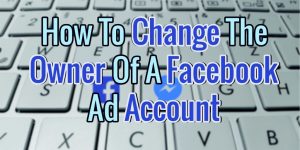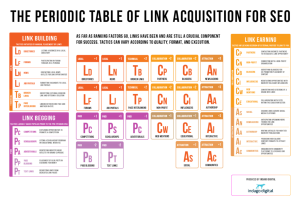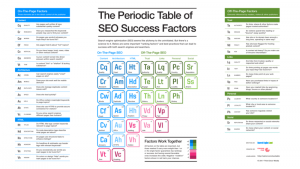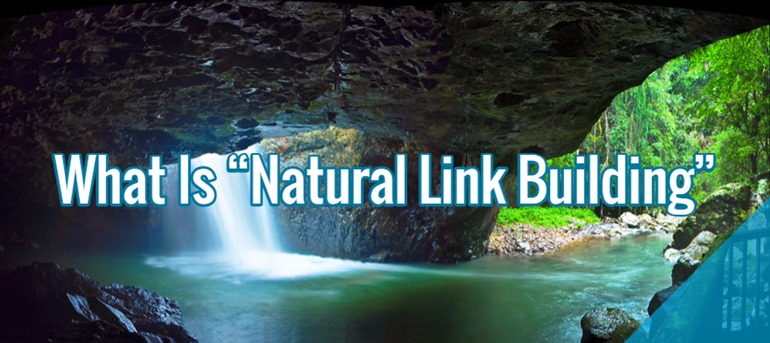
Links and link building continue to be an essential part of a website’s ranking in search engines. Many of us know by now the importance of links and good links are for our websites and businesses.
Some will also know the importance of avoiding ‘bad’ backlinks, over-optimising their anchor text and risking being penalised by a search engine’s algorithm – notably Google Penguin.
Many of us know by now the harm that low quality, spam and directory listing sites can have on their websites.
So how do you get a clean, natural link profile that Google will love?
Let me explain what makes a good or “natural link profile” and help you improve your link profile in the process.
The Importance Of Your Link Profile
Firstly, let’s understand how important the backlinks are to your website.
Google has always relied on backlinks to rank a website in its Google Search Engine Results Pages (SERPs). These days, there are just many more metrics than it used 10-15 years ago – but ultimately, backlinks are still believed to have the most impact on these rankings.
I attended Fili Wiese’s talk at the Berlin Affiliate Conference in October and he summed it up with this image in his SEO & the future of search presentation:
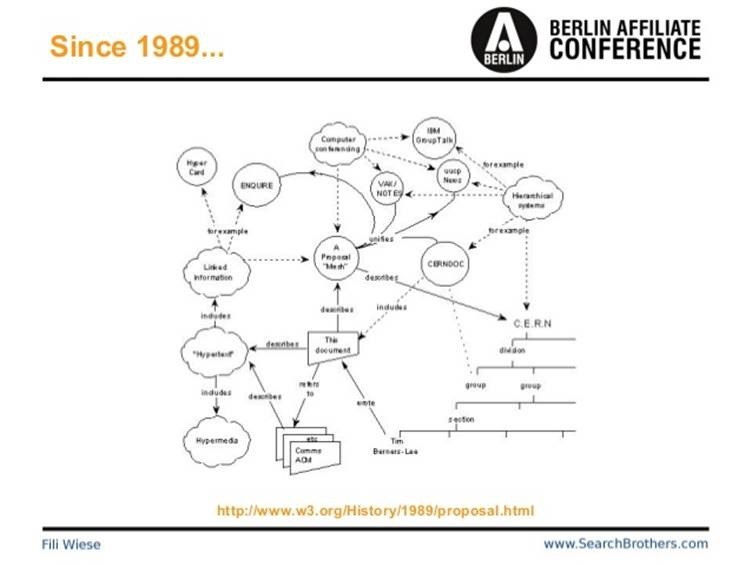
Fili went on to explain that nothing much has changed from the beginning and that Google continues to rely on links as its main factor.
In fact, Matt Cutts previously admitted that Google had tested its own search engine internally removing links as a ranking factor and that the results were a complete mess.
April 2012 saw Google rollout their Penguin algorithm update which had a massive impact on search results, the value of links and how link builders and marketers would go about their link building in the future.
Although many claimed that link building was about to die (and that social media was set to take over), it hasn’t proven to be the case. Links are still the biggest factor in wanting to rank for keywords, some three-and-a-half years after the initial rollout.
The majority of penalties that some sites suffer from in Google are based on a site’s link profile. To receive one of these you need to have done some very low quality or spam link building.
There are still sites in some niches that rank well (as high as #1) despite having a bad backlink profile. I believe this is partly because their niche has very few sites with a natural link profile, and that often there is limited search traffic in these niches that perhaps Google ignores.
What Is A ‘Natural’ Profile?
The word natural means: “existing in or derived from nature; not made or caused by humankind.” Therefore, incredibly few websites, and even fewer websites that are ranking well, ever have a natural link profile.
This phrase gets tossed around the industry a lot though, and we tend to refer to the big, successful businesses as those who have a natural link profile. Supermarkets are a great example of this. They have built their brand name up so that people will search and come directly for them instead of searching for individual products.
As an example, let’s take a look at Amazon’s link profile:
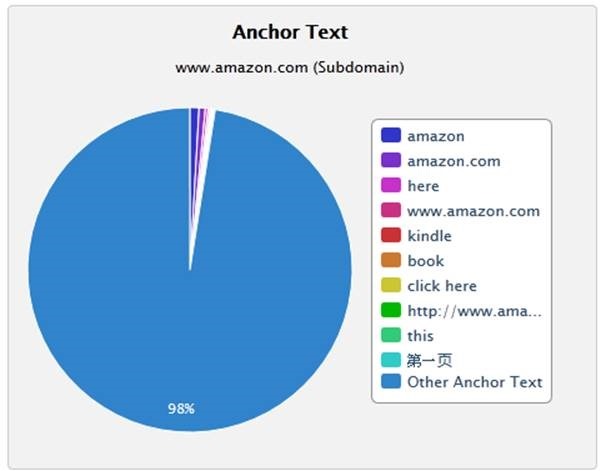
The most-common anchor text links here are of their brand name or natural keywords such as ‘here’, ‘click here’ and ‘this’. Note that the Kindle is one of their own products and perhaps ‘book’ is in their because they originally started out selling books.
Amazon don’t need to worry about ranking for ‘laptops’, ‘clothes’, ‘camera’s etc. as they have spent their time building up their brand. Look at the number of searches their brand gets in comparison to these keywords:

Google Keyword Planner shows there are 68 million searches a month in the USA alone for ‘Amazon’, compared to only 246,000 for laptops, 135,000 for clothes and 60,500 for cameras. Amazon’s own product, the Kindle gets more than these keywords, at 368,000 a month.
So if you want to see a legitimate natural link profile, I’d recommend checking out some of the major businesses.
Some common traits these profiles will have:
- Branded and natural links – Majority of anchor text will be a combination of branded anchor text and natural keywords
- Longtail and diluted anchor text – It’s common across the internet that some websites and forums will hyperlink long phrases, even sentences. As a result, the anchor text of these big sites is diluted greatly.
- Diversity of linked pages – to products, about us and information pages, not just the homepage.
- Authoritative links – Big businesses know how to do PR and branding – they get links from newspapers, news sites and massive, authoritative blogs, naturally.
What Are ‘Bad’ Links?
Anything that is harmful or potentially harmful to your website can be considered a ‘bad’ link.
Here is a list of link types that you want to avoid:
- Directories
- Article directories
- Link farms
- Low quality websites and blogs
- Blogs that link to lots of unrelated websites (such as mummy blogs)
- Building too many keyword rich anchor text links
- Links from unrelated websites
- Majority of your links going to the same page
For a full blog post on this, I published information on harmful links back in August this year.
What If My Profile Looks Unnatural?
Perhaps you’ve taken on a new client and their previous agency or staff member did an horrendous job of link building. They built, spammy, low quality links and either the website isn’t performing as well as it could be, or even worse, it’s been penalised.
If this is the situation you are in, firstly I’d recommend trying to remove the links. To save time you can create a standard template and then use a bulk mailer to send them out. You’ll still need to find the email addresses of these websites though, and the mailer will come with a fee.
After you have removed as many poisonous links as you can and there are still several remaining, then feel free to add these to your Disavow file. It’s good to try to get as many removed first to dis-associate yourself or your client with these nasty websites. And that we don’t want Google to know everything about our tainted past, right? 
How Do I Get A Natural Link Profile?
Now that you understand what makes a natural link profile and what a bad link profile is, you should now have a good idea what strategies you want to employ to acquire your links.
My advice would be to do a good job with your PR and branding. Easier said than done, so the next option is content marketing.
A strong content marketing strategy should see you pick up links without needing to beg or pay for them. Natural links also tend to be stronger and more reputable. After all, those who are buying links – the sellers are often selling to many more sites, some not even relate to them or yourselves.
Hand-Picked Related Articles:
- 59 SEO Link Building Experts To Follow on Twitter
- 4 Ways to Link Build Without Asking for a Link
- How To Execute A Killer Outreach and Link Building Campaign
* Lead image adapted from mickyg9
What Is “Natural Link Building”
The post What Is “Natural Link Building” appeared first on Search Engine People Blog.
(70)






